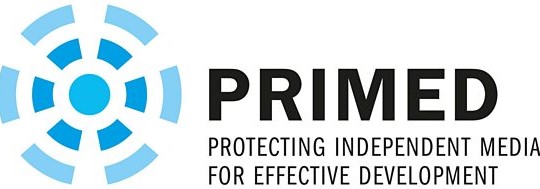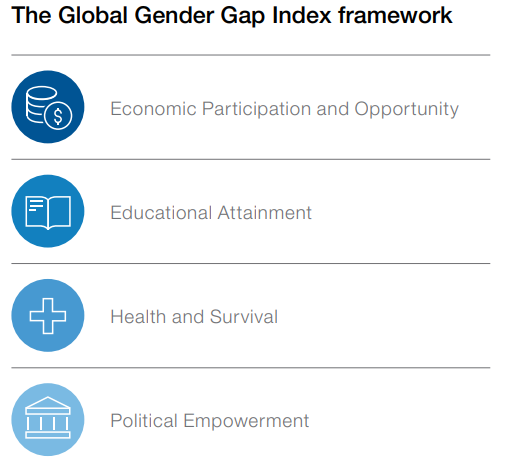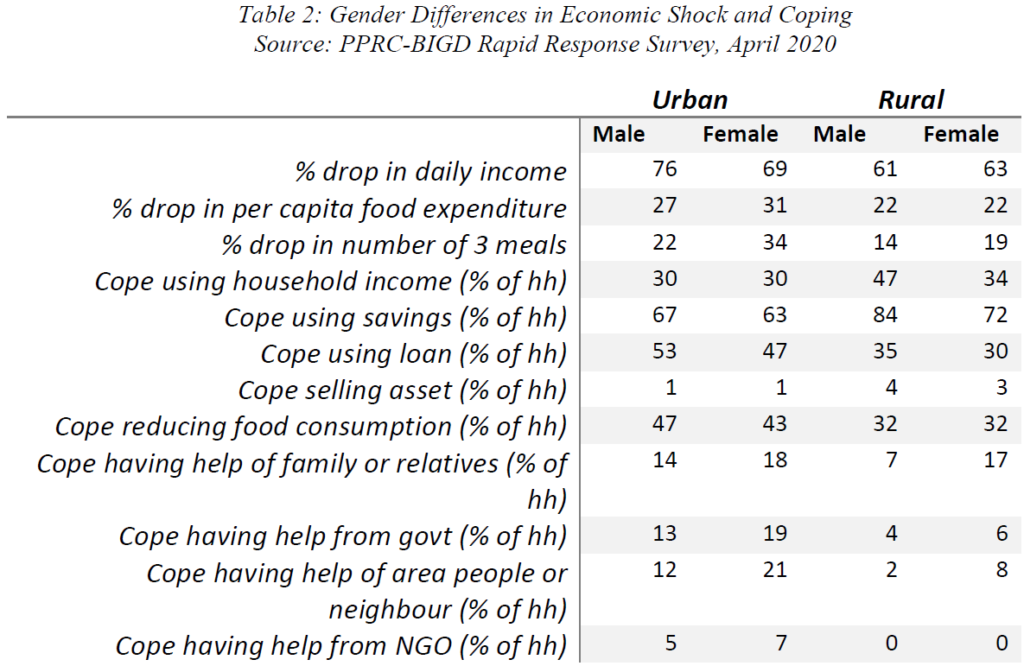By Saskia Nijhof

Free Press Unlimited takes part in a media coalition project called Protecting Independent Media for Effective Development (PRIMED), funded by UK Aid. The coalition supports media partners in Bangladesh, Sierra Leone and Ethiopia on media viability. Free Press Unlimited advices on the gender approach of the programme, and we recently did a gender analysis in each country.
This is how we did it…
STEP 1: Research questions. We focussed our research on the gender gaps in society and in the media. We had an additional question on the impact of Covid-19 on the lives of women.
STEP 2: Methodology. Since we were not able to travel due to Covid-19, we did an extensive desk survey. For the questions we could not answer, we asked a local expert to do interviews (in the national language).

STEP 3: National statistics. UNDP publishes the Gender Inequality Index per country. We also looked into the Gender Gap statistics. The Gender Gap Index Framework analyses four aspects as shown here on the right. Data is presented at country level.
Other relevant statistics can be found in the Demographic and Health Surveys that are done in over 90 countries. Interesting variables are literacy rates, posession of a mobile phone, and access to media. Data is not only disaggregated by gender, but also by age, wealth, and by rural versus urban citizens.
STEP 4: Literature review. We complemented these statistics with a literature review on each of the four aspects, to get a better understanding of the numbers. We focussed particularly on the legal and political environment for women, as well as on tribal, religious and societal factors affecting gender equality. We also looked into the track record of organisations campaigning for women’s rights.

STEP 5: Impact of Covid-19 on the lives of women. From the three countries that were included in our research, only Bangladesh did nation-wide surveys on the impact of COVID-19 on livelihoods, with a section on gender differences (table on the right). For the other two countries we relied on (small-scale) research findings.

STEP 5: Gender in the media. We consulted PRIMED‘s audience surveys to analyse women’s media consumption, as well as BBC Media Action’s Data Portal. Then we looked at studies that measure the gender-sensitivity of media content, notably: What percentage of sources used are women? How are women portrayed? We also looked at the percentage and age of female journalists working in the media sector, at their roles in the newsrooms, at their level of education, at their challenges, and at the gender policies of media organisations.
STEP 5: Conclusions and recommendations. We aimed to provide actionable recommendations that lie within the scope of the PRIMED programme. The reports are for internal use, but you can find the conclusions in our evidence base:
